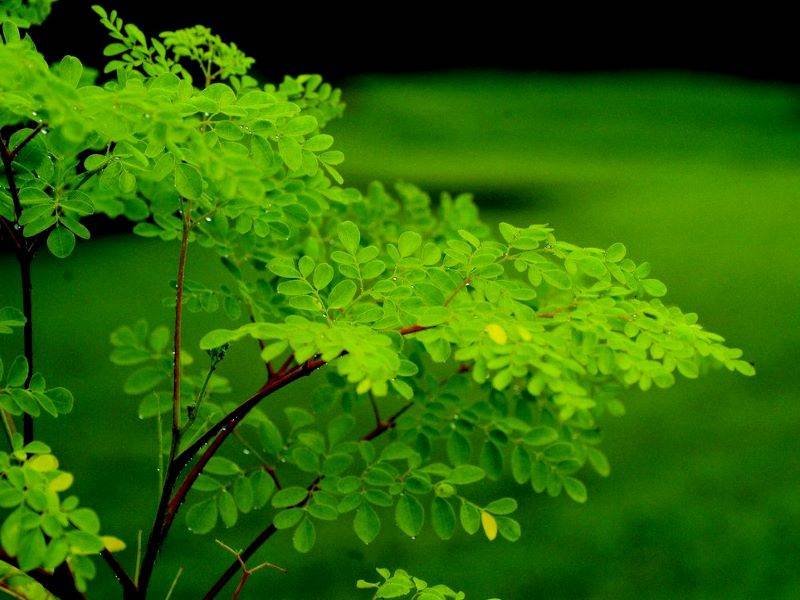
If there is one thing that can undoubtedly be titled as the ‘complete nutrition package’ that would be Moringa. Scientifically termed as Moringa oleifera, the drumstick or horseradish is a powerhouse of minerals and nutrients, with its fruits, leaves, flowers and even the roots providing a plethora of health benefits.
The best choice for organic farming, moringa is grown typically from seeds or stem cutting. Moringa is a fast-growing crop best suited to dry regions. In fact, the water requirement of the crop is so minimum that water content in amounts more than the required level adversely affects not just the yield but the crop as a whole. Please read ‘A Complete Guide to Drumstick Cultivation’ for a detailed overview of the drumstick cultivation.
Steps for Productive Moringa Cultivation
Moringa developed through seeds accounts for an increased growth rate than those propagated through stem cutting. The method of propagation, however, will depend on the variety of moringa.Moringa developed from seeds generally produce yields from the ninth month, whereas in those developed from stem cutting, it may take 11 to 12 months.
-
The seeds from ripened and dried drumsticks are used for moringa growing. The seeds are to be soaked in water for 12 hours prior to sowing. A healthy bed of organic mixes and topsoil will nurture the seeds to healthy moringa saplings.
-
The saplings produced from seeds can be shifted to the soil once they grow to a height of 15 to 25 centimetres. It is best recommended to maintain a distance of 2.5 meters between each sapling to ensure uninterrupted and healthy growth of the crop.
-
When resorting to stem cutting method, healthy stems of about 1.5 meters are planted in pits 2.5 meters deep. Making a bed with 10 kilograms of organic mixtures and sufficient topsoil will help boost the root growth.
-
Unlike saplings, it is advised to plant the stems with a 4-meter distance between the pits to ensure healthy growth.

In both cases, the water drainage should be checked to ensure that waterlogging doesn’t happen even to the smallest level.
-
Moringa requires a lot of sunlight. In fact, moringa compromises water for sunlight. It is to be ensured that the area with moringa cultivation gets uninterrupted and abundant sunlight.
-
Organic fertilizers and supplies can be used from the fourth month to ensure better growth and yielding.
-
Pouring a solution of 100-gram mustard powder mixed in 100-gram porridge water to the roots of moringa helps in its growth and flowering. Porridge water is an ideal input for moringa (but always in a controlled manner without increasing the moisture content of the soil).
-
Moringa can be harvested twice to thrice a year. Once harvested, it is advised to maintain the height of the moringa tree at a controlled level by cutting off the high branches. This helps in both harvesting and also in better branch growth of the tree.
Moringa cultivation is typically easy and profitable. The low water requirements and maintenance costs are attracting more agriculture enthusiast to take up moringa cultivation. As said, moringa is a complete package, with yields in the form of fruits, flowers, leaves and even roots. Not to mention the health benefits of moringa, it’s a boon to combat malnutrition.
















